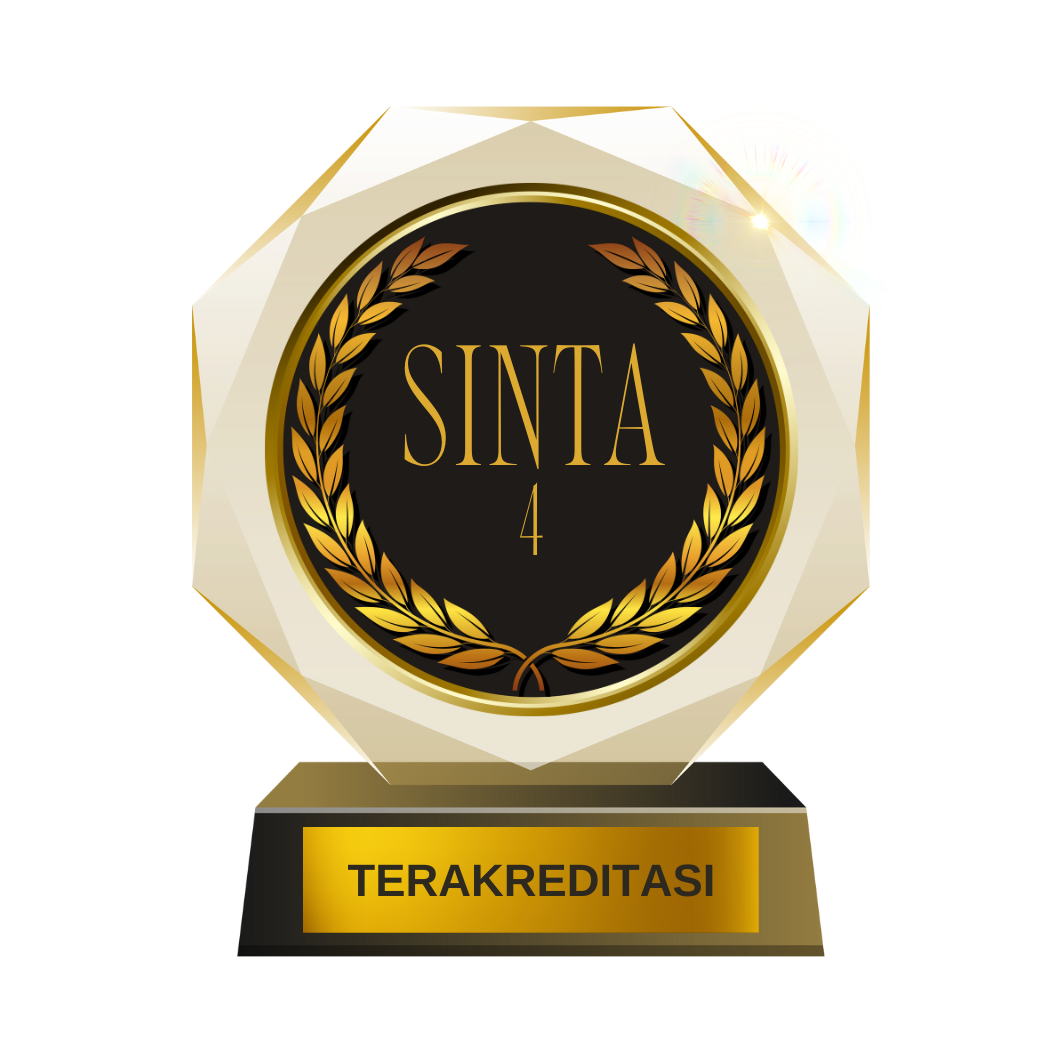Deteksi Citra Pornografi Memanfaatkan Deep Convolutional Neural Network
DOI:
https://doi.org/10.52985/insyst.v3i1.172Keywords:
Convolutional Neural Network, Deteksi Citra Pornografi, Deep Learning, EfficientNetAbstract
Internet merupakan salah satu sumber informasi yang sangat mudah diakses dan sangat lengkap pada zaman sekarang ini. Dari banyaknya konten tersebut terdapat konten pornografi yang meresahkan dan memberikan dampak buruk pada perkembangan anak-anak. Hingga tahun 2020 pemblokiran konten pornografi menyumbang 70 persen dibandingkan konten negative lainnya. Metode untuk mencegah/memblokir konten pornografi ada berbagai macam mulai dari memblokir websitenya hingga mendeteksi berdasarkan citra yang ada. Penelitian ini akan mencoba mendeteksi citra pornografi dengan bantuan Deep Convolutional Neural Network. Pembuatan model menggunakan transfer learning hingga fine tuned fine transfer learning dan mencoba model-model state of the art. Penelitian ini menghasilkan model yang mampu mendeteksi citra pornografi dengan akurasi 78%. Selain memiliki akurasi yang cukup tinggi model ini juga mampu mendeteksi bagian-bagian intim dari wanita yang menjadi fitur dari citra pornografi. Kemampuan mendeteksi fitur tersebut telah diujicoba dengan mengubah model yang digunakan penelitian ini sebagai detektor objek pada citra pornografi.
References
Anonymous, “Enough Is Enough: Pornography.” https://enough.org/stats_porn_industry.
R. Susanto, “Kementerian Komunikasi dan Informatika.” https://kominfo.go.id/content/detail/19631/pornografi-masihmerajai-konten-negatif-internet-indonesia/0/sorotan_media. .
Anonymous, “The 2019 Year in Review - Pornhub Insights,” 2019. https://www.pornhub.com/insights/2019-year-in-review.
S. Alamgunawan and Y. Kristian, “Klasifikasi Tekstur Serat Kayu pada Citra Mikroskopik Veneer Memanfaatkan Deep Convolutional Neural Network,” J. Intell. Syst. Comput., vol. 2, no. 1, pp. 6–11, 2020.
E. Lim, E. I. Setiawan, and J. Santoso, “Stance Classification Post Kesehatan di Media Sosial Dengan FastText Embedding dan Deep Learning,” J. Intell. Syst. Comput., vol. 1, no. 2, pp. 65–73, 2019.
Kominfo, “TrustPositif.” https://trustpositif.kominfo.go.id/.
C. X. Ries and R. Lienhart, “A survey on visual adult image recognition,” Multimed. Tools Appl., vol. 69, no. 3, pp. 661–688, 2014.
M. J. Jones and J. M. Rehg, “Statistical color models with application to skin detection,” Int. J. Comput. Vis., vol. 46, no. 1, pp. 81–96, 2002.
H. A. Nugroho, D. Hardiyanto, and T. B. Adji, “Nipple detection to identify negative content on digital images,” in 2016 International Seminar on Intelligent Technology and Its Applications (ISITIA), 2016, pp. 43–48.
Y. Wang, X. Jin, and X. Tan, “Pornographic image recognition by strongly-supervised deep multiple instance learning,” in 2016 IEEE International Conference on Image Processing (ICIP), 2016, pp. 4418–4422.
K. Li, J. Xing, B. Li, and W. Hu, “Bootstrapping deep feature hierarchy for pornographic image recognition,” in 2016 IEEE International Conference on Image Processing (ICIP), 2016, pp. 4423–4427.
D. Ganguly, M. H. Mofrad, and A. Kovashka, “Detecting sexually provocative images,” in 2017 IEEE Winter Conference on Applications of Computer Vision (WACV), 2017, pp. 660–668.
K. Li, J. Xing, B. Li, and W. Hu, “BOOTSTRAPPING DEEP FEATURE HIERARCHY FOR PORNOGRAPHIC IMAGE RECOGNITION National Laboratory of Pattern Recognition CAS Center for Excellence in Brain Science and Intelligence Technology Institute of Automation , Chinese Academy of Sciences , Beijing 100190 , P . R . China.”
S. Dewantono and I. Supriana, “Development of a real-time nudity censorship system on images,” in 2014 2nd International Conference on Information and Communication Technology (ICoICT), 2014, pp. 30–35.
K. Simonyan and A. Zisserman, “Very deep convolutional networks for large-scale image recognition,” arXiv Prepr. arXiv1409.1556, 2014.
K. He, X. Zhang, S. Ren, and J. Sun, “Deep residual learning forimage recognition,” in Proceedings of the IEEE conference on computer vision and pattern recognition, 2016, pp. 770–778.
M. Sandler, A. Howard, M. Zhu, A. Zhmoginov, and L.-C. Chen, “MobileNetV2: Inverted Residuals and Linear Bottlenecks.” 2019.
M. Tan and Q. V. Le, “EfficientNet: Rethinking model scaling for convolutional neural networks,” 36th Int. Conf. Mach. Learn. ICML 2019, vol. 2019-June, pp. 10691–10700, 2019.
T.-Y. Lin, P. Dollár, R. Girshick, K. He, B. Hariharan, and S. Belongie, “Feature pyramid networks for object detection,” in Proceedings of the IEEE conference on computer vision and pattern recognition, 2017, pp. 2117–2125
Downloads
Published
How to Cite
Issue
Section
License
Copyright (c) 2022 Journal of Intelligent System and Computation

This work is licensed under a Creative Commons Attribution-NonCommercial-ShareAlike 4.0 International License.








